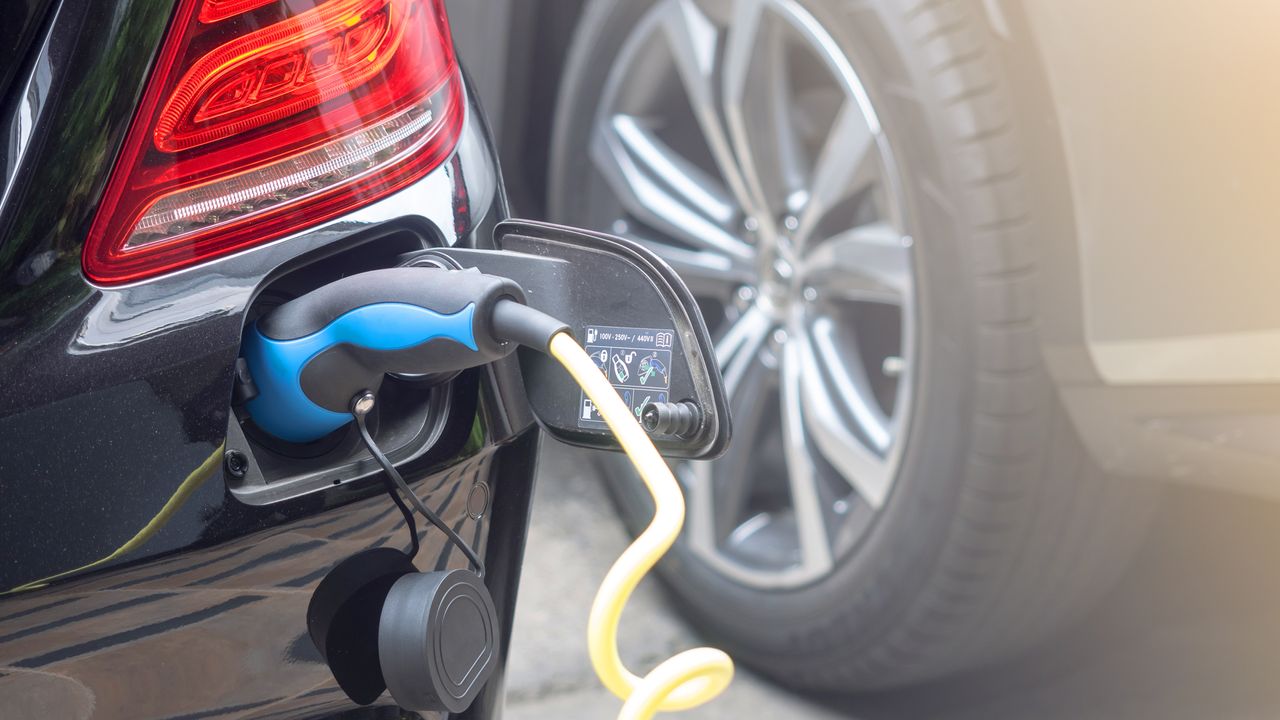Electric Vehicle Charging Infrastructure: The Future of Transportation
In recent years, electric vehicles (EVs) have gained significant popularity as a sustainable and eco-friendly mode of transportation. As more people make the switch to electric vehicles, the need for a robust charging infrastructure becomes increasingly important. Charging stations, both standard and fast charging, play a crucial role in supporting the widespread adoption of electric vehicles.
Standard Charging Stations
Standard charging stations are the most common type of charging infrastructure available for electric vehicles. These stations typically provide a Level 2 charging option, which delivers power at a rate of 240 volts. This type of charging is suitable for overnight charging at home or for longer stops at public charging stations.
Standard charging stations are relatively inexpensive to install and can be found in various locations such as parking lots, shopping centers, and residential areas. They are equipped with a connector that plugs into the vehicle’s charging port, allowing for a slow and steady charge. While standard charging may take several hours to fully charge an electric vehicle, it is ideal for daily use and overnight charging.
Fast Charging Stations
Fast charging stations, also known as Level 3 or DC fast charging stations, are designed to provide a rapid charge for electric vehicles. These stations use direct current (DC) to charge the vehicle’s battery, allowing for a much faster charging time compared to standard charging stations.
Fast charging stations are typically found along highways, major travel routes, and in urban areas. They are equipped with high-powered chargers that can deliver a charge at a rate of up to 350 kilowatts, significantly reducing the charging time. With fast charging, an electric vehicle can be charged to 80% capacity in as little as 30 minutes, making it convenient for long-distance travel and reducing range anxiety.
Charging Infrastructure Development
The development of a robust charging infrastructure is crucial for the widespread adoption of electric vehicles. Governments, utility companies, and private entities are actively investing in the expansion of charging networks to meet the growing demand.
One of the key challenges in charging infrastructure development is the need for standardized charging connectors and protocols. Different electric vehicle manufacturers have adopted various charging standards, such as CHAdeMO, CCS, and Tesla’s proprietary Supercharger network. To ensure compatibility and ease of use, charging stations need to support multiple charging standards.
Public-private partnerships play a vital role in the development of charging infrastructure. Governments provide incentives and grants to encourage the installation of charging stations, while private companies invest in the construction and maintenance of the stations. This collaboration helps create a reliable and accessible charging network for electric vehicle owners.
Furthermore, advancements in technology are driving the development of more efficient and intelligent charging infrastructure. Smart charging stations equipped with advanced monitoring systems can optimize charging based on factors like grid demand, renewable energy availability, and user preferences. This not only improves the charging experience but also helps balance the load on the electrical grid.
Conclusion
As the world transitions towards a greener future, electric vehicle charging infrastructure plays a crucial role in supporting the widespread adoption of electric vehicles. Standard and fast charging stations provide convenient and accessible charging options for electric vehicle owners, enabling long-distance travel and reducing range anxiety. The development of a robust charging infrastructure requires collaboration between governments, utility companies, and private entities. With continued investment and technological advancements, electric vehicle charging infrastructure will continue to evolve, making electric vehicles a viable and sustainable mode of transportation for the future.
